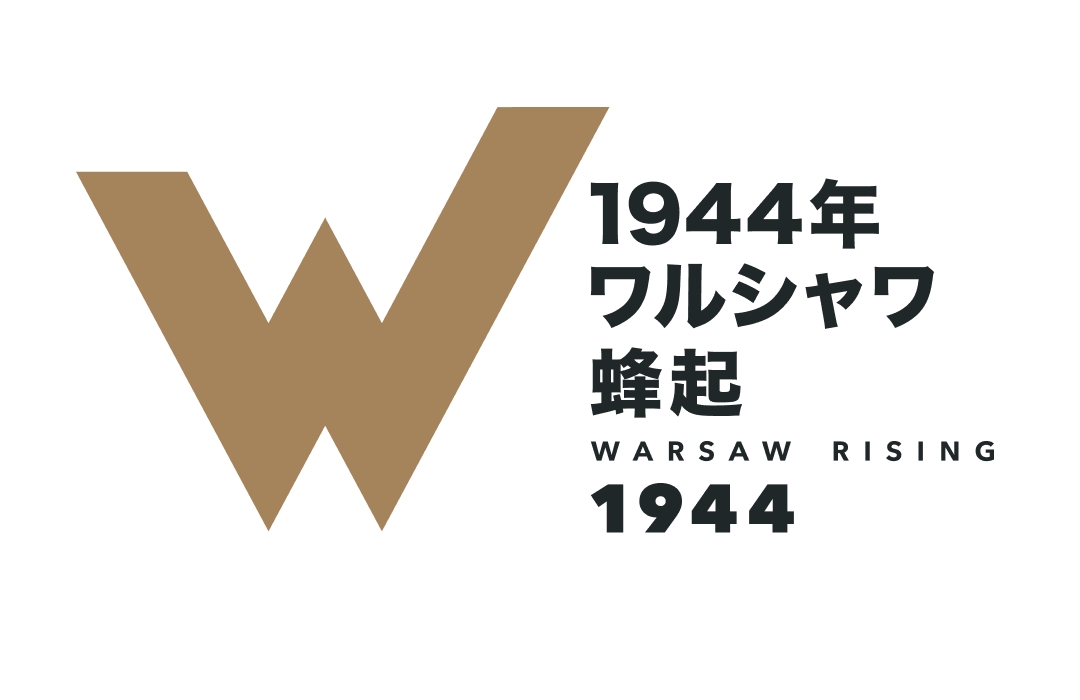In Hiroshima, for the past week, it has been possible to visit the exhibition “Warsaw. Phoenix from the Ashes”, which recounts the fate of Poland’s capital under German occupation, during the Warsaw Uprising and post-war reconstruction. The exhibition has been organised by the Warsaw Rising Museum and the Adam Mickiewicz Institute, in cooperation with the Polish Institute in Tokyo and the Hiroshima City Hall.
The exhibition is presented in a non-coincidental location at the Bank of Japan. The building of the former Bank of Japan branch is one of the few buildings that survived the atomic bomb blast in Hiroshima almost 80 years ago.
The exhibition presents Warsaw, which was a beautiful and modern city, but paid a terrible price for its desire for freedom: it was demolished four times during the war. But it rose like a phoenix from the ashes and today is a dynamically developing metropolis – the capital of a free Poland. The exhibition in Hiroshima, a city that also survived its annihilation, is a symbolic event. The post-war fate of both cities, their reconstruction thanks to great social energy, is a beautiful message of hope for the future”, said Jan Ołdakowski, director of the Warsaw Rising Museum.
The exhibition, which consists of more than 70 exhibition panels, 3 showcases with exhibits, 2 multimedia kiosks and a film screening, shows the fate of Warsaw in the clash with the cruelty of the Nazi extermination machine.
The exhibition begins by showing pre-war Warsaw, a flourishing city with a rich cultural and entertainment life. Subsequent parts of the exhibition show occupied Warsaw: German policy towards the Jewish and Polish populations, street terror and the life of the inhabitants under extremely adverse conditions. Warsaw is also shown as the capital of the Polish Underground State, its structures are presented, as well as its administration, media, education, military and the actions carried out by the Home Army.
The exhibition also features exhibits from insurgent Warsaw, such as an insurgent armband, a letterbox of the Field Post Office and important documents such as the kennkarte of Major General Tadeusz Komorowski “Bór”.
Adrian Andrzejewski





